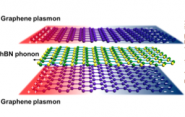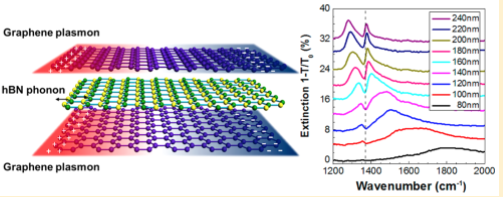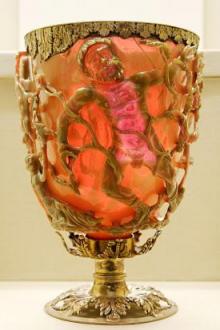With CAREER Award, Fengnian Xia Seeks A New Use For Graphene

For a project that could dramatically enhance optical technologies, Fengnian Xia, Barton L. Weller Assistant Professor in Engineering and Science, has received a 2016 Faculty Early Career Development CAREER Award from the National Science Foundation (NSF).

Xia, a professor in Electrical Engineering, will use the $500,000 award to study the little-explored properties of graphene, a popular two-dimensional material with high mobility carriers (electrons, or electron holes). The research could have applications for thermal imaging, night vision and free-space optical communications.
Graphene has been studied extensively for its potential use in electronics, but its lack of an energy gap means that it's very conductive even in the off-state. That makes it a poor material for most transistor applications for electronics. But it has other promising things going for it that could potentially be useful for infrared devices covering a wavelength range from 6 to 15 microns. Mercury cadmium telluride is the most commonly used material to access this infrared window, but growing it involves toxic elements. It's also soft and brittle, which makes it hard to work with. So finding an alternative material would be a welcome discovery.

Specifically, Xia said, his project involves exploring the plasmonic properties of graphene. "A plasmon is a quantum of collective motion of carriers," he said. "Graphene has lots of carriers and their high-mobility makes it a very good material for plasmonic applications. Moreover, by tuning the carrier density in graphene using an electric field, we can realize the in-situ modification of graphene's plasmonic properties".
The plasmonic effect can significantly enhance the interaction of light and material at certain wavelengths, he said. To illustrate this effect, Xia cites the famous example of the Lycurgus Cup, a cup from the 4th century that looks either green or red, depending on which direction the light is hitting it.
"In that case, the plasmon wavelengths of those nanoparticles in Lycurgus Cup are in the green wavelength range, so if we shine the light from the front, the green light interacts very strongly with the particles," Xia said. "The green light is strongly scattered - your eye will see the scattered light – that's why it looks green. But if the light comes from the back, the green light will be scattered away, so the red light will pass through and it looks red."
Xia said his proposal takes advantage of the same effect to realize light manipulation and detection in the mid-infrared wavelength range rather than a visible wavelength.
(Photo of Lycurgus Cup/Marie-Lan Nguyen)

